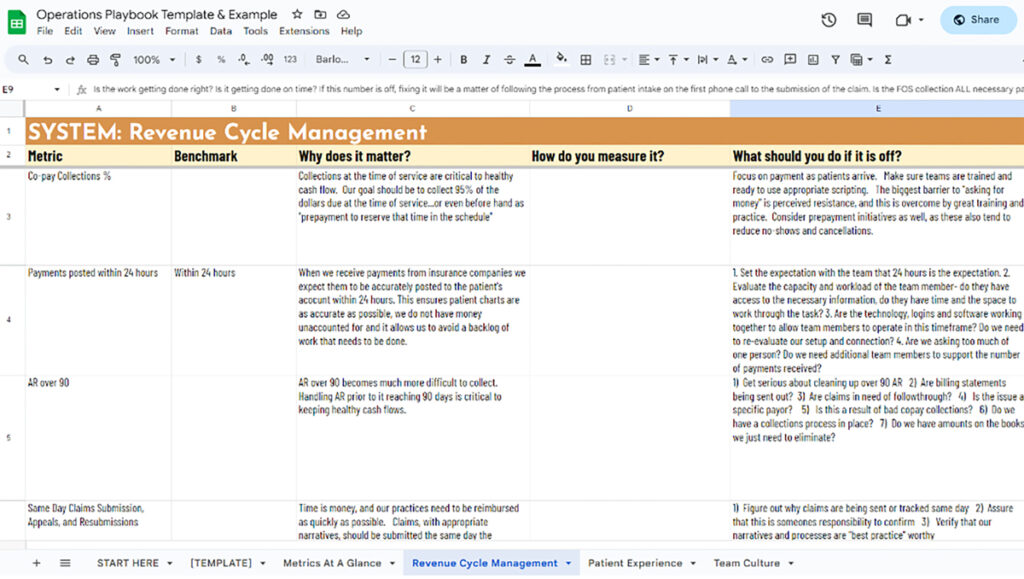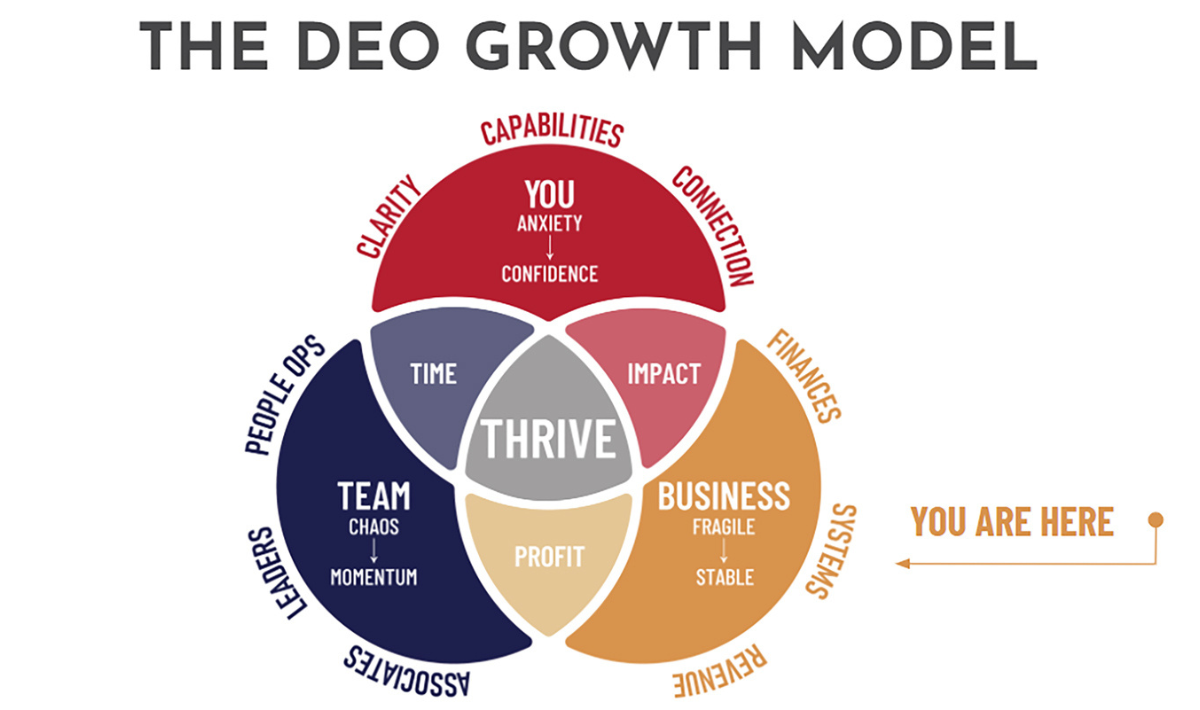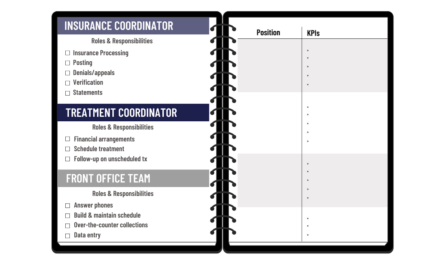Why a playbook is fundamental to the growth of your organization, and the best practices to use when creating one.
Dentistry is not a one-man show. You certainly couldn’t do dentistry without dentists, but there is so much more to owning and operating a successful dental practice than practicing good dentistry.
That’s not intended to downplay the role of the dentist, but merely to emphasize the incredible amount of support needed to make this work. You can’t do it all yourself, so it’s important to surround yourself with capable people and systems to help you take better care of your patients. But even if you hire the best candidates available, it won’t matter much without a system in place.
This is why your organization needs an operations playbook.
If you are looking to grow your business long-term, an operations playbook is going to be critical. You will save lots of time, energy and money if you have the right information, coaching, and training at your fingertips. When you build a team to support you and utilize an operations playbook, you are going to see more profit and more impact throughout your organization.
In this article, we will dive deep into what the operations playbook is, how to build one, and the best practices for implementing the playbook for your organization.
What is an operations playbook?
Essentially, an operations playbook is a way to measure your systems. You have likely created systems that are critical to certain outcomes in your business – generating revenue, managing your collections, growing your team, etc. This playbook will help you to break down those systems into different milestones or manageable parts.
These systems need to be broken down so that you can investigate and audit the effectiveness of these systems. Are they driving the metrics that you want? As you begin to use your operational playbook to understand your data and start tracking information in your practice, you will likely find that you are learning for the first time how effective these systems are. For instance, if you discover your new patient numbers are off, what can you do to turn that key metric around?
The important thing to remember is that this is a process of trial and error – you will not get it right the first time. It’s going to require you to work through your systems and perhaps discover for yourself what your best practices are. Once you’ve done that, you need to duplicate it and train the rest of your team so that they have a better understanding as well.
These are all critical questions you can ask yourself as you begin to map out your operations playbook. When you bring on a new office manager, how do they know if the office will be successful? What metrics are they tracking to know? Are you sinking or swimming? If those numbers get to the point that might be worrisome, what are they supposed to do to correct the path forward? Where do they find the numbers? What do they mean? If a number is off, what are they/you supposed to do about it?
The playbook is a way to document all that information. When you partner with the DEO, we will give you a template that provides 80% of the information you need – you just have to customize it to your organization. Even if it’s a simple one, you are going to get a tremendous feeling of momentum by creating your operations playbook. The perfect playbook does not happen immediately – it needs to be cultivated and allowed to grow into what it can become. There’s enormous potential in having an operations playbook – you just have to give it time to grow into its potential.
How to build your playbook
When you begin to build your operations playbook, it’s important to understand that it’s less about having a manual for how to run your organization, and more about developing a mindset for your team. What you are trying to build is bigger than just one person’s ideas of how a business should be run. This is a process that you are building within your business – it can cover anything from doctors engaging more intentionally with patients or reviewing your treatment acceptance rate.
To start, you need to identify the components of your organization that you want to focus on in the playbook. Think of things like team engagement, dentist engagement, profitability and patient satisfaction. The playbook is designed to help your team hone in on the priorities you set out for your organization, completely removing any ambiguity over what your practice and your team members need to be successful.
Once you’ve got these main components that your team is going to focus on, you need to outline what sorts of metrics you are looking for and how you are going to track them. For example, if you are looking at patient satisfaction, how are you going to capture that data? Phone calls? Surveys? Emails? Making a decision at this point in the process will ensure that your team is doing this the correct way down the road.
For each component of the playbook, you also need to assign responsibility to each department in your practice. Work with your team to develop an action plan for each system, ensuring that each component fits naturally into the workflow of the department it’s assigned to. This process will not only help your team to develop a sense of ownership over this process, but it also helps to establish a sense of accountability over the organization as a whole.

Implementing your playbook
When you introduce this to the rest of your team, it’s important that they feel like they have some sort of agency in how the playbook works. A good rule of thumb is that even if you feel like the playbook is 100% done in your head, or even if you feel like you could take the playbook the rest of the way, let your team take part in this process. Bring it to them at 80% and let them fill in the last 20%. They need to be able to enjoy it and take ownership over this whole process.
Once you’ve got it built, you can start to implement some of these processes and begin to measure the metrics within your organization. These aren’t metrics that you necessarily have to check each week – check in once a quarter to see how these systems are working for you. If you find that your numbers dip in areas like patient satisfaction, you can address those to be sure that the team is adhering to the structure and priorities of the organization.
Start there and work to build some very concrete goals for how you can get everyone back on track. If you need documentation to help your team at the various touchpoints in this journey, take some time to create the kind of documentation that would make sense for your organization. It all depends on how your team learns best and what they are willing to spend their time on.
The most important thing to remember is that this is going to take time – it’s a process that requires a lot of patience and frequent collaboration. But don’t be afraid of that time commitment! Building an operations playbook is one of the most valuable things you can do for your organization; it’s an investment into the future of your organization, which is worth every moment that you spend on it.





